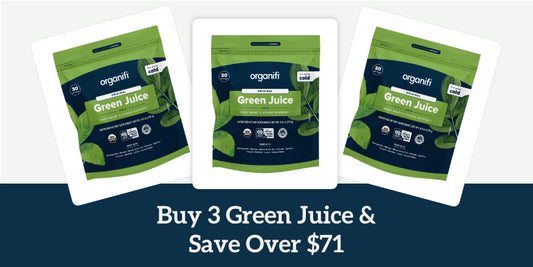The only diet you’ll ever need - the local seasonal diet
Written by Dr. Andrew Chelladurai, Naturopathic Doctor, Co-Founder of NaturoAcademy
Are you overwhelmed with all the conflicting nutrition advice you hear from various “diet gurus?” One day it's vegetarian, the next day it's keto, paleo, carnivore, vegan…. if you’re lost and confused when it comes to what you should be eating, you certainly aren’t alone.
The one-diet-fits-all paradigm almost always fails due to the complexities and unique needs of each individual person but there is one diet that universally benefits everyone.
Meet the Local Seasonal Diet!
If you look at traditional cultures across the world who are exceptionally healthy, they eat drastically different diets. The Inuits of Northern Canada consume an extremely high fat ketogenic-type diet comprised of almost entirely animal foods. In contrast the Kitavans of Papua New Guinea eat a high-carb diet rich in plant foods such as roots, tubers and fruit. The Maasai pastoralists of Kenya thrive on a diet of fresh cow’s blood and raw milk believe it or not.
The one commonality we can draw from the healthiest groups of people on earth (from a nutritional perspective) is that they consume high quality whole foods that are seasonally available in their local environment. This is what I call the local seasonal diet.
Principles of the local seasonal diet
- Food quality
Poor food quality is arguably the biggest issue with our modern food supply. Mono-crop farming and concentrated animal feeding operations (CAFO’s) have led to mass production of plant and animal foods void of essential nutrients. There is a growing shift towards more natural ways of food production such as regenerative agriculture, permaculture and biodynamic farming which seek to mimic nature to create the highest quality food.
In general, seek to consume foods that are grown/raised in their natural environment and reduce your intake of toxic pesticides, such as glyphosate. This can be growing your own food, learning to hunt, fish and forage, or finding a local farmer that grows/raises food naturally. Organic food from grocery stores can be misleading but will typically be a more nutritious option than conventional options.
- Seasonal and local eating
“Nothing like an ice-cold tropical fruit smoothie on a snowy winter’s day,” said no one ever. Whether a food is “healthy or unhealthy” depends on the context in which it is consumed. We are designed to eat different foods at different times of the year when they are seasonally available to us. Not only do locally, seasonally available fresh foods contain the most nutrition and life force, but they also provide information to our body about what’s going on in the environment. Food contains microbes and light information from the environment in which it is grown. For example, a banana contains electrons that are encoded with strong UV photons because they grow in an equatorial environment with strong solar energy. Eating too many bananas during the winter in a northern climate sends confusing signals to the body because the light information from the food does not match the light signals of the low-solar environment.
For most people this generally means consuming more high carb foods when they are seasonally available in the summer/fall and a high-fat, low carb diet in the winter (of course this depends on where you live). Be sure to look up local food co-ops, CSA programs or farmers markets to find foods that are currently in season in your area!
Don’t become a local seasonal diet purist
The Local Seasonal Diet is a way of living, not a get fit quick scheme! Try your best to consume as much high-quality food as you can from your local environment when it is seasonally available, but don’t forget to supplement your diet with the many exotic foods that you enjoy on occasion. For a lot of us foods like coffee, chocolate and many herbs and spices don’t grow in our local environment but provide tremendous medicinal benefits when consumed in moderation.
To learn more, be sure to check out their free Local Seasonal Diet Guide and follow them on Instagram @NaturoAcademy where we post daily on how to optimize your health and reconnect to nature.
Graphic created by Jacqueline Genova (@well.n.strong). Read more blogs, like this one, on her health and wellness blog WellNStrong.




